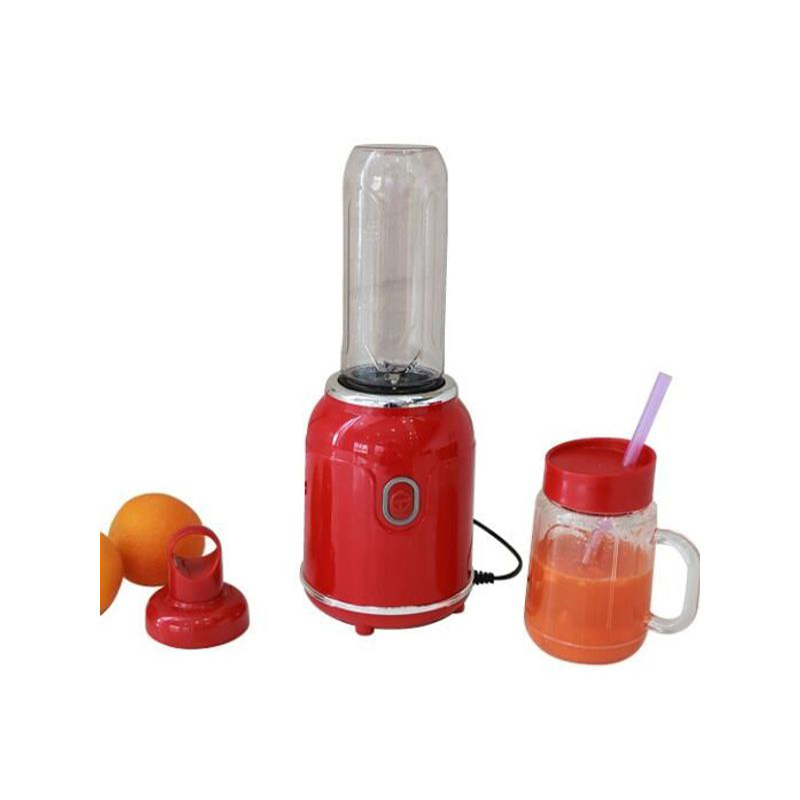Interlocking System: The interlocking system stands as a pivotal safety feature, meticulously engineered to ensure the seamless convergence of operational efficacy and user safety. Functioning as a fail-safe mechanism, it mandates the precise alignment and secure placement of the blender's lid prior to activation. This meticulous design prevents any inadvertent or premature initiation of blending cycles, effectively mitigating the potential for spillage, splatter, or exposure to the swiftly rotating blades. By imposing this prerequisite condition, users are afforded an added layer of reassurance, fostering a safer and more controlled blending experience.
Overload Protection: Within the intricate machinery of the table blender lies a sophisticated overload protection system, meticulously calibrated to safeguard the integrity and functionality of its motor under varying operational conditions. This system serves as a vigilant sentinel, constantly monitoring the parameters of load and duration to preemptively detect any signs of strain or excessive stress on the motor. In the event of an impending overload scenario, this system swiftly intervenes, halting operation and thereby averting any potential damage or degradation to the motor components. By proactively mitigating the risks associated with overexertion, this feature not only prolongs the lifespan of the blender but also ensures uninterrupted user safety and satisfaction.
Stable Base: At the foundation of the table blender lies a robust and meticulously engineered base, meticulously crafted to provide an unwavering platform for operational stability. Every facet of its design, from the selection of materials to the configuration of its contours, is purposefully optimized to minimize the inherent risks of instability or imbalance during blending tasks. By effectively anchoring the blender to the countertop surface, this stable base engenders a heightened sense of confidence and control among users, mitigating the potential for accidental spills, tip-overs, or disruptions to the blending process.
Non-Slip Feet: The non-slip feet integrated into the design of the blender serve as a testament to the meticulous attention to detail and unwavering commitment to user safety. Crafted from high-friction materials and strategically positioned at key junctures along the base, these feet exert a steadfast grip upon the countertop surface, effectively nullifying the potential for any unintended movement or displacement during operation. This steadfast anchorage not only enhances the stability and maneuverability of the blender but also instills users with a profound sense of confidence and assurance, thereby elevating the overall safety and usability of the appliance.
Cooling System: Nestled within the inner workings of the table blender lies an ingeniously devised cooling system, meticulously engineered to regulate the thermal dynamics and dissipate the heat generated during prolonged operation. Comprising an array of strategically positioned vents, fans, and heat sinks, this system functions as a veritable thermal conductor, facilitating the efficient transfer of excess heat away from critical components such as the motor and electrical circuitry. By maintaining optimal operating temperatures, this cooling system not only enhances the longevity and reliability of the blender but also mitigates the potential hazards associated with overheating, thereby ensuring a safer and more sustainable blending experience for users.
Retro Blender



 English
English 中文简体
中文简体 English
English 中文简体
中文简体












